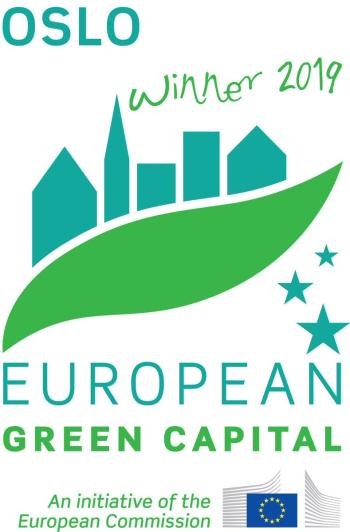
Historically, competitions have provided a reason for people from different backgrounds, cultures, and ways of life to come together and showcase what they can achieve when skill, ingenuity, dedication, and perseverance are passionately pursued. Today, competitions are often a strategy to engage the public and inspire innovative thinkers to focus their talents and skills on solving problems that affect our everyday lives.
As a company based in NYC, we are focused on being part of the solution to the urban challenge of decarbonization, a challenge that isn’t uniquely American but shared by the entire world. As such we are constantly looking to learn from other countries which are tackling the urban challenge head on. In 2010, recognizing that more than two-thirds of Europeans were living in towns or cities, the European Commission decided to offer an annual award to the “European city that demonstrates the greatest commitment to improving their urban environments.” The main objective of the European Green Capital Award (EGCA) is to promote and reward cities in their efforts to reduce emissions and drive sustainable development. But a welcome side effect has been the initiation of a friendly competition among cities that are now vying for the prestigious title of “European Green Capital of the Year.”
Winning the European Green Capital Award is no small feat. Entries are assessed on the basis of 12 indicators, and cities need to provide substantial documentation proving the accomplishments they believe earned them the right to be the next city to win the award. Oslo, this year’s winner, held its 14th annual Oslo Innovation Week last month, and I was lucky enough to attend. I witnessed a city proud of its accomplishments and also fully aware of the responsibility that comes with the EGCA title.



